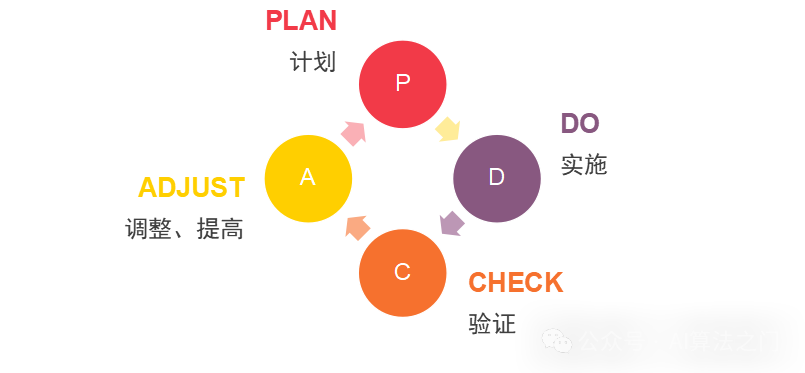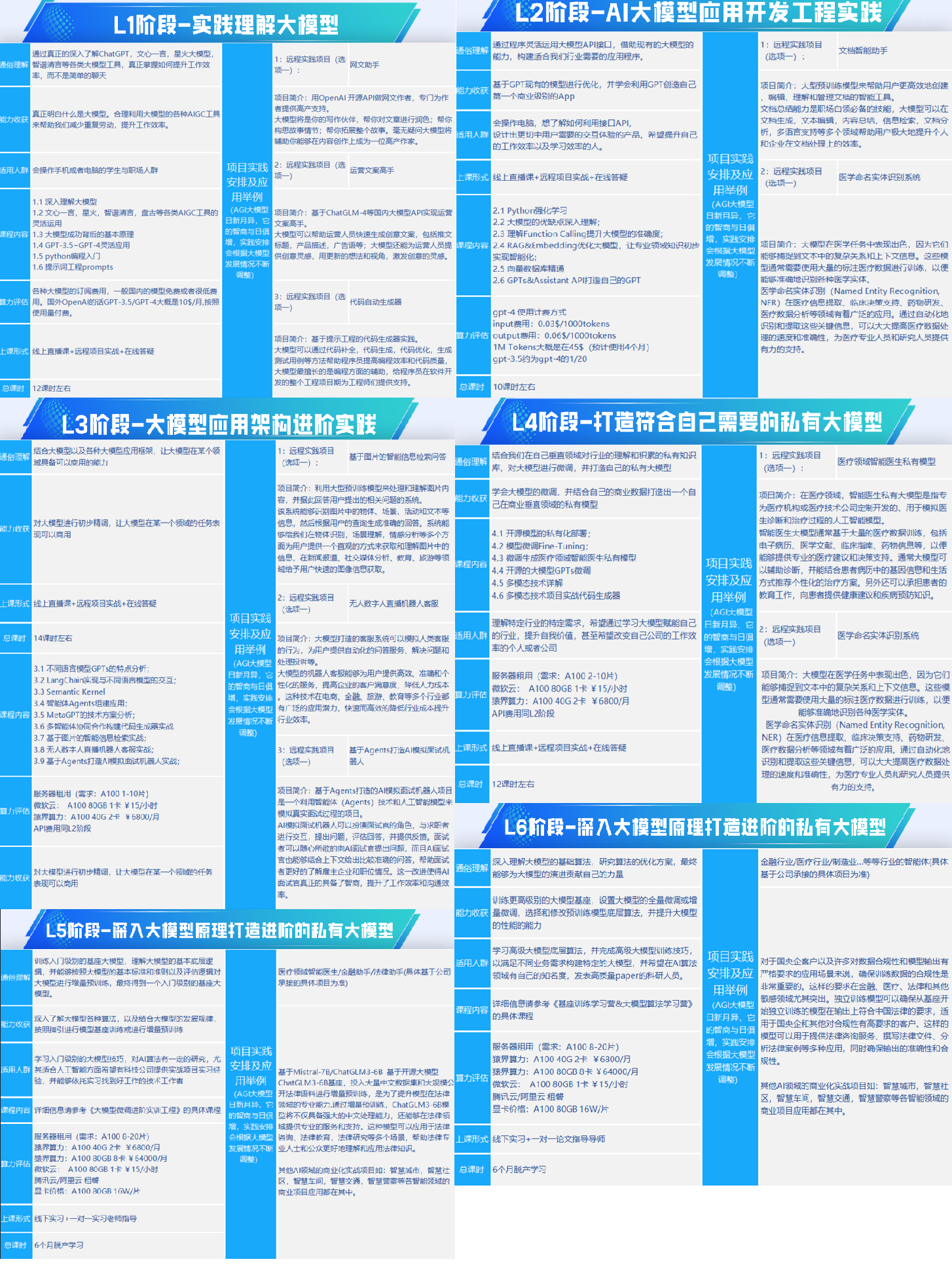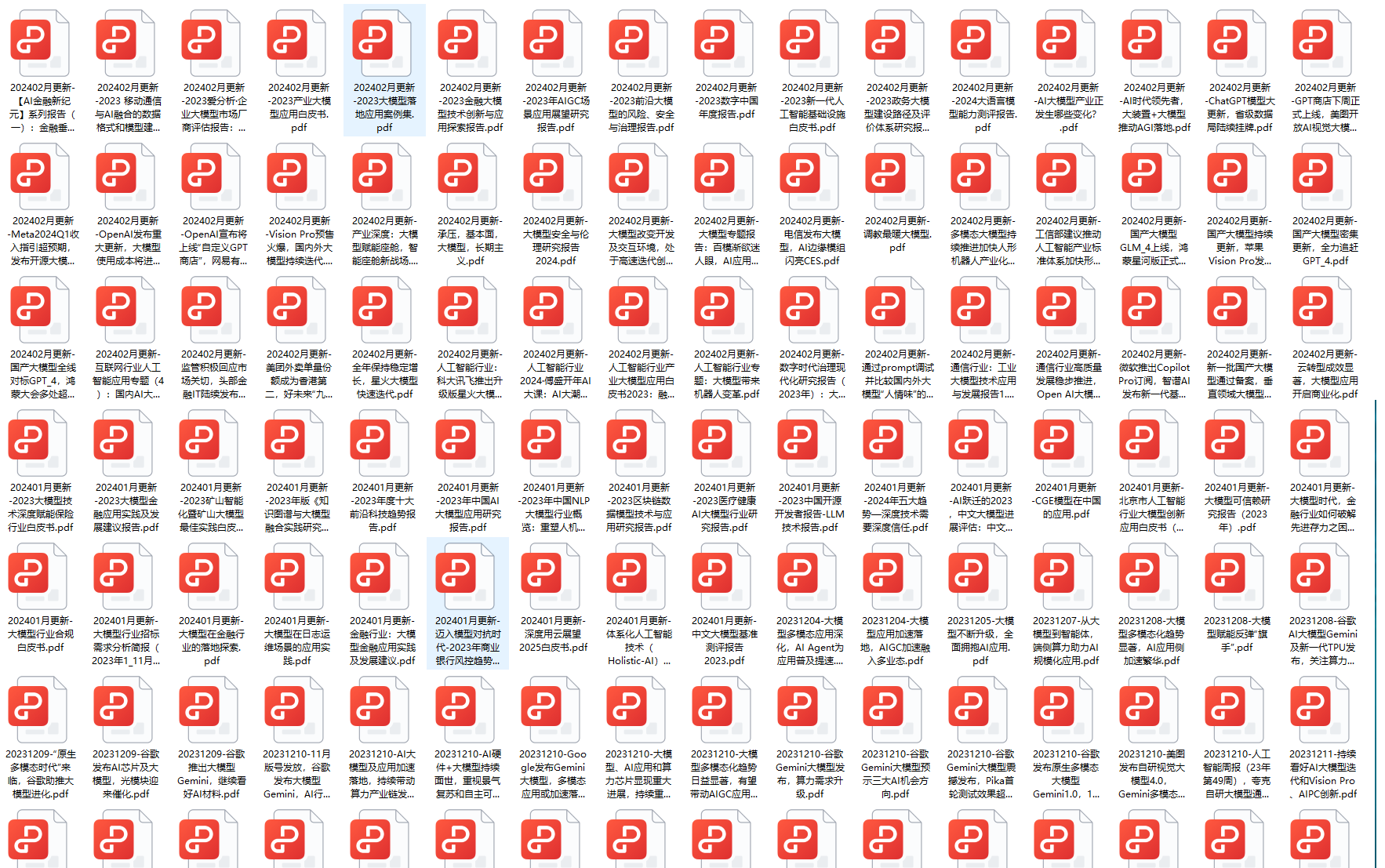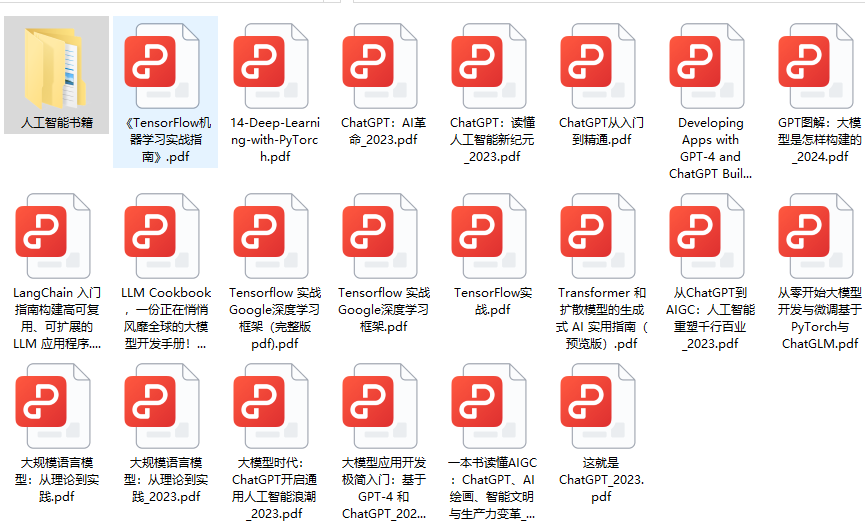静态网站提交表单怎么做网站建设问一问公司
Agent是什么?
Agent一词起源于拉丁语中的Agere,意思是“to do”。在LLM语境下,Agent可以理解为在某种能自主理解、规划决策、执行复杂任务的智能体。
Agent并非ChatGPT升级版,它不仅告诉你“如何做”,更会帮你去做。如果Copilot是副驾驶,那么Agent就是主驾驶。
自主Agent是由人工智能驱动的程序,当给定目标时,它们能够自己创建任务、完成任务、创建新任务、重新确定任务列表的优先级、完成新的顶级任务,并循环直到达到目标。
最直观的公式:Agent = LLM+Planning+Feedback+Tool use
Agent决策流程
感知(Perception)→ 规划(Planning)→ 行动(Action)
-
• 感知(Perception)是指Agent从环境中收集信息并从中提取相关知识的能力。
-
• 规划(Planning)是指Agent为了某一目标而作出的决策过程。
-
• 行动(Action)是指基于环境和规划做出的动作。
Agent通过感知从环境中收集信息并提取相关知识。然后通过规划为了达到某个目标做出决策。最后,通过行动基于环境和规划做出具体的动作。Policy是Agent做出行动的核心决策,而行动又为进一步感知提供了观察的前提和基础,形成了一个自主的闭环学习过程。
人是如何做事的?
在工作中,我们通常会用到PDCA思维模型。基于PDCA模型,我们可以将完成一项任务进行拆解,按照作出计划、计划实施、检查实施效果,然后将成功的纳入标准,不成功的留待下一循环去解决。目前,这是人们高效完成一项任务非常成功的经验总结。

请添加图片描述
如何让LLM替代人去做事?
要让LLM替代人去做事,我们可以基于PDCA模型进行 规划、执行、评估和反思。
规划能力(Plan)-> 分解任务:Agent大脑把大的任务拆解为更小的,可管理的子任务,这对有效的、可控的处理好大的复杂的任务效果很好。
执行能力(Done)-> 使用工具:Agent能学习到在模型内部知识不够时(比如:在pre-train时不存在,且之后没法改变的模型weights)去调用外部API,比如:获取实时的信息、执行代码的能力、访问专有的信息知识库等等。这是一个典型的平台+工具的场景,我们要有生态意识,即我们构建平台以及一些必要的工具,然后大力吸引其他厂商提供更多的组件工具,形成生态。
评估能力(Check)-> 确认执行结果:Agent要能在任务正常执行后判断产出物是否符合目标,在发生异常时要能对异常进行分类(危害等级),对异常进行定位(哪个子任务产生的错误),对异常进行原因分析(什么导致的异常)。
反思能力(Adjust)-> 基于评估结果重新规划:Agent要能在产出物符合目标时及时结束任务,是整个流程最核心的部分;同时,进行归因分析总结导致成果的主要因素,另外,Agent要能在发生异常或产出物不符合目标时给出应对措施,并重新进行规划开启再循环过程。
下面,来看几个具体的案例
让LLM能够获取当前时间
首先,我们定义一个获取当前时间的tool
from langchain.tools import Tool def get_time(input=""): return datetime.datetime.now() #定义获取当前时间
time_tool = Tool( name='get current time', func= get_time, description="用来获取当前时间. input should be 'time'"""
)
name: 工具名称 func: 工具的实现 description: 工具的描述,一定要是准确的描述,该部分会加入到LLM的prompt中,若描述不准确,LLM可能无法准确调用
我们将langchain中内置的prompt打印出来看看
Respond to the human as helpfully and accurately as possible. You have access to the following tools: get current time: 用来获取当前时间. input should be 'time', args: {{'tool_input': {{'type': 'string'}}}} Use a json blob to specify a tool by providing an action key (tool name) and an action_input key (tool input). Valid "action" values: "Final Answer" or get current time Provide only ONE action per $JSON_BLOB, as shown: ```{{ "action": $TOOL_NAME, "action_input": $INPUT }} ```Follow this format: Question: input question to answer Thought: consider previous and subsequent steps Action: ```$JSON_BLOB ```Observation: action result ... (repeat Thought/Action/Observation N times) Thought: I know what to respond Action: ```{{ "action": "Final Answer", "action_input": "Final response to human" }} ```Begin! Reminder to ALWAYS respond with a valid json blob of a single action. Use tools if necessary. Respond directly if appropriate. Format is Action:```$JSON_BLOB```then Observation:. Thought:
从以上prompt可以看出,我们定义好的获取当前时间的工具函数,也被包裹在里面,并且,他还帮我们生成了一个输入参数的格式限制prompt:args: {{‘tool_input’: {{‘type’: ‘string’}}}}
我们接着看:
Use a json blob to specify a tool by providing an action key (tool name) and an action_input key (tool input). Valid "action" values: "Final Answer" or get current time Provide only ONE action per $JSON_BLOB, as shown: ```{{ "action": $TOOL_NAME, "action_input": $INPUT }} ```
这段prompt要求LLM生成的action需要是一个jsonb的格式,并且包含两个key:action和action_input,分别对应工具名和工具的输入,并且给了一个样例。
并且,有效的action不仅包含了get current time,还多了个Final Answer
我们来用一个实际的问题试试:
question = "现在几点?" result = agent.run(question)
print(result)
输出
当前时间是2024年01月02日11点12分01秒。
对比下未使用tool的输出:
我无法回答这个问题,因为我没有实时访问实际的时间或日期。我是根据我的训练数据提供信息的。
可见,当不使用tool时,LLM是无法知道当前时间的
为了更容易理解Agent是如何工作的,我打印出了中间过程的日志:
Thought: 需要使用工具获取当前时间 Action: ```{ "action": "get current time", "action_input": { "type": "string" } } ```Observation: 2024-01-02 11:44:16.900356 我现在知道了当前时间 Action: ```{ "action": "Final Answer", "action_input": "当前时间是2024年01月02日11点44分16秒。" } ```
首先,LLM先思考应该调用哪个工具,并且知道应该调用get current time,且给出了输入参数的类型
接着,拿到了LLM输出的结果,即:Observation: 2024-01-02 11:44:16.900356
最后,LLM知道了答案,再次调用工具:Final Answer输出答案
让LLM拥有计算器的功能
langchain内置了许多工具,使用load_tools函数即可加载,这次我们不自己定义tool了,我们使用langchain内置的工具试试。
tools = load_tools(tool_names=["llm-math"], llm=llm) tools.append(time_tool)
看看llm-math的定义
def _get_llm_math(llm: BaseLanguageModel) -> BaseTool: return Tool( name="Calculator", description="Useful for when you need to answer questions about math.", func=LLMMathChain.from_llm(llm=llm).run, coroutine=LLMMathChain.from_llm(llm=llm).arun, ) 我们看看此时的prompt
Respond to the human as helpfully and accurately as possible. You have access to the following tools: Calculator: Useful for when you need to answer questions about math., args: {{'tool_input': {{'type': 'string'}}}} get current time: 用来获取当前时间. input should be 'now', args: {{'tool_input': {{'type': 'string'}}}} Use a json blob to specify a tool by providing an action key (tool name) and an action_input key (tool input). Valid "action" values: "Final Answer" or Calculator, get current time Provide only ONE action per $JSON_BLOB, as shown: ```{{ "action": $TOOL_NAME, "action_input": $INPUT }} ```Follow this format: Question: input question to answer Thought: consider previous and subsequent steps Action: ```$JSON_BLOB ```Observation: action result ... (repeat Thought/Action/Observation N times) Thought: I know what to respond Action: ```{{ "action": "Final Answer", "action_input": "Final response to human" }} ```Begin! Reminder to ALWAYS respond with a valid json blob of a single action. Use tools if necessary. Respond directly if appropriate. Format is Action:```$JSON_BLOB```then Observation:. Thought:
相比上一个例子,多了一个名叫Calculator的prompt: Calculator: Useful for when you need to answer questions about math., args: {{'tool_input': {{'type': 'string'}}}}
实际上就是多了个tool name 和 tool description
来试试效果
question = "789*324353等于多少?" result = agent.run(question)
print(result)
输出
255914517
对比下未使用tool的输出:
789 * 324353 = 324353 * (700 + 80 + 9) = 324353 * 700 + 324353 * 80 + 324353 * 9 = 227047100 + 25948240 + 2921177 = 252995340 + 2921177 = 255916517
未使用tool虽然没有获得正确答案,但好在知道将数学问题分解,但我这里使用的是qwen-72b-chat-int4,要是小一点的模型,就不一定有这样的效果了。
以下是baichuan2-13b-chat的输出
789乘以324353等于259553427。
让LLM获取实时天气
定义tool:
China-City-List-latest.csv文件从(https://github.com/qwd/LocationList/blob/master/China-City-List-latest.csv下载
和风天气API key需要在https://dev.qweather.com注册获取,自行google
def getLocationId(city): d = collections.defaultdict(str) try: df = pd.read_csv("./data/datasets/virus/China-City-List-latest.csv", encoding='utf-8') except Exception as e: print(e) for i, row in df.iterrows(): d[row['Location_Name_ZH']] = row['Location_ID'] return d[city] if city in d else '' def get_weather(location): key = "你的和风天气API key" id = getLocationId(location) if not id: return "没有这个城市" base_url = 'https://devapi.qweather.com/v7/weather/now?' params = {'location': id, 'key': key, 'lang': 'zh'} response = requests.get(base_url, params=params) data = response.json() if data["code"] != "200": return "没有这个城市的天气情况" return get_weather_info(data) def get_weather_info(info): if info["code"] != "200": return "没有这个城市的天气情况" # result = f'现在天气{info["hourly"][0]["text"]},温度 {info["hourly"][0]["temp"]} 度, 未来 24 小时天气{info["hourly"][-1]["text"]},温度 {info["hourly"][-1]["temp"]} 度。' result = f"""
现在天气: {info["now"]["text"]}
温度: {info["now"]["temp"]} 摄氏度
风向: {info["now"]["windDir"]}
风力等级: {info["now"]["windScale"]}
风速: {info["now"]["windSpeed"]} 公里/小时
""" return result weather_tool = Tool( name='get current weather', func= get_weather, description="用来获取当地的天气信息,输入应该是城市名称"""
)
来试试效果
question = "杭州今天能穿短袖吗?" result = agent.run(question)
print(result)
输出
不建议穿短袖,今天杭州有霾,温度为10摄氏度。
对比下未使用tool的输出:
作为一个语言模型,我无法获取实时的天气信息。请您自行查询杭州当前的天气情况,并根据气温和个人体质决定是否穿短袖。
以上工具函数,输入参数均只有一个,接下来看看,当输入参数有多个时,应如何处理
tool有多个输入参数的场景
定义tool:
class FutureWeatherInput(BaseModel): location: str = Field(description="城市名称") date: str = Field(description="日期,格式:yyyy-mm-dd,如:2021-11-15") def get_future_weather(location, date): key = "你的和风天气API key" id = getLocationId(location) if not id: return "没有这个城市" base_url = 'https://devapi.qweather.com/v7/weather/7d?' params = {'location': id, 'key': key, 'lang': 'zh'} response = requests.get(base_url, params=params) data = response.json() if data["code"] != "200": return "没有这个城市的天气情况" result = {} daily = data["daily"] for item in daily: fxDate = item["fxDate"] weather_text = f"""
天气: {item["textDay"]}
最高温度: {item["tempMax"]} 摄氏度
最低温度: {item["tempMin"]} 摄氏度
风向: {item["windDirDay"]}
风力等级: {item["windScaleDay"]}
风速: {item["windSpeedDay"]} 公里/小时
""" result[fxDate] = weather_text return result[date] future_weather_tool = StructuredTool( name='get future weather', func= get_future_weather, description="用来获取当地今天和未来六天的天气信息。""", args_schema=FutureWeatherInput
)
当tool需要多个输入参数时,我们不再使用Tool类,而使用StructuredTool类,它的定义如下(从langchain源码里可以找到)
class StructuredTool(BaseTool): """Tool that can operate on any number of inputs.""" description: str = "" args_schema: Type[BaseModel] = Field(..., description="The tool schema.") """The input arguments' schema.""" func: Optional[Callable[..., Any]] """The function to run when the tool is called.""" coroutine: Optional[Callable[..., Awaitable[Any]]] = None """The asynchronous version of the function."""
且通过pydantic的BaseModel来约束输入,对输入参数的description也是必要的,因为该description也会传到prompt中
Calculator: Useful for when you need to answer questions about math., args: {{'tool_input': {{'type': 'string'}}}}
get current time: 用来获取当前时间. input should be 'now'。当需要获取今天、明天、后天等的日期时,你应该调用此函数获取今天的日期, args: {{'tool_input': {{'type': 'string'}}}}
get current weather: 用来获取当地当天的天气信息,输入应该是城市名称, args: {{'tool_input': {{'type': 'string'}}}}
get future weather: 用来获取当地今天和未来六天的天气信息。, args: {{'location': {{'title': 'Location', 'description': '城市名称', 'type': 'string'}}, 'date': {{'title': 'Date', 'description': '日期,格式:yyyy-mm-dd,如:2021-11-15', 'type': 'string'}}}} Use a json blob to specify a tool by providing an action key (tool name) and an action_input key (tool input). Valid "action" values: "Final Answer" or Calculator, get current time, get current weather, get future weather
来试试效果
question = "今天是几号?明天准备去杭州旅游,能穿短袖吗?" result = agent.run(question)
print(result)
输出
明天杭州的天气预报为晴,最高温度为13摄氏度,最低温度为2摄氏度,建议携带一些保暖衣物。
让LLM实现联网搜索
定义tool:
def get_internet_content(query): params = { "engine": "baidu", "q": query, "api_key": "你的 Serpapi key" } search = BaiduSearch(params) result = search.get_json()["organic_results"][0]["snippet"] return result baidu_search_tool = Tool( name='百度搜索', func= get_internet_content, description="用来从互联网上获取当前时事信息,输入应该是搜索query"""
)
Serpapi key需要你自行注册获取,地址https://serpapi.com/
来试试效果
question = "小米su7什么时候发布" result = agent.run(question)
print(result)
输出
小米su7预计将于2024年上半年量产上市。
Agent之所以能回答该问题,是因为我们使用百度搜索获取了小米su7 发布日期的相关信息,LLM再基于该信息总结答案,相当于外挂了一个知识库,只不过这个知识库不再是我们本地的数据库,而是百度搜索
到这里你会发现,其实不同的工具,就是不同的函数而已,要想Agent能够适配自己的业务场景,只是把这些函数换成了自己业务相关的函数或接口。
以上LLM使用的均是qwen-72b-chat-int4,同时也对比过baichuan2-13b-chat、yi-34b-chat,qwen-14b-chat,其中baichuan2-13b-chat效果最差,基本无法理解如何调用tool,yi-34b-chat不如qwen-14b-chat,qwen-72b-chat-int4效果最好,个人猜测主要原因是因为qwen系列的模型在专门的工具调用数据集上训练过,因此效果要比其他模型要好,且官方开源了一个大模型工具调用数据集,地址: MSAgent-Bench大模型工具调用数据集
完整代码
import collections
import random
import requests
import datetime
import pandas as pd
from langchain.tools import Tool, StructuredTool
from langchain.agents import initialize_agent
from langchain.chat_models import ChatOpenAI
from langchain.agents import load_tools
from langchain.agents import AgentType from pydantic import BaseModel, Field
from serpapi.baidu_search import BaiduSearch def getLocationId(city): d = collections.defaultdict(str) try: df = pd.read_csv("./data/datasets/virus/China-City-List-latest.csv", encoding='utf-8') except Exception as e: print(e) for i, row in df.iterrows(): d[row['Location_Name_ZH']] = row['Location_ID'] return d[city] if city in d else '' def get_weather(location): key = "你的和风天气API key" id = getLocationId(location) if not id: return "没有这个城市" base_url = 'https://devapi.qweather.com/v7/weather/now?' params = {'location': id, 'key': key, 'lang': 'zh'} response = requests.get(base_url, params=params) data = response.json() if data["code"] != "200": return "没有这个城市的天气情况" return get_weather_info(data) class FutureWeatherInput(BaseModel): location: str = Field(description="城市名称") date: str = Field(description="日期,格式:yyyy-mm-dd,如:2021-11-15") def get_future_weather(location, date): key = "你的和风天气API key" id = getLocationId(location) if not id: return "没有这个城市" base_url = 'https://devapi.qweather.com/v7/weather/7d?' params = {'location': id, 'key': key, 'lang': 'zh'} response = requests.get(base_url, params=params) data = response.json() if data["code"] != "200": return "没有这个城市的天气情况" result = {} daily = data["daily"] for item in daily: fxDate = item["fxDate"] weather_text = f"""
天气: {item["textDay"]}
最高温度: {item["tempMax"]} 摄氏度
最低温度: {item["tempMin"]} 摄氏度
风向: {item["windDirDay"]}
风力等级: {item["windScaleDay"]}
风速: {item["windSpeedDay"]} 公里/小时
""" result[fxDate] = weather_text return result[date] def get_weather_info(info): if info["code"] != "200": return "没有这个城市的天气情况" # result = f'现在天气{info["hourly"][0]["text"]},温度 {info["hourly"][0]["temp"]} 度, 未来 24 小时天气{info["hourly"][-1]["text"]},温度 {info["hourly"][-1]["temp"]} 度。' result = f"""
现在天气: {info["now"]["text"]}
温度: {info["now"]["temp"]} 摄氏度
风向: {info["now"]["windDir"]}
风力等级: {info["now"]["windScale"]}
风速: {info["now"]["windSpeed"]} 公里/小时
""" return result def get_internet_content(query): params = { "engine": "baidu", "q": query, "api_key": "你的SerpApi key" } search = BaiduSearch(params) result = search.get_json()["organic_results"][0]["snippet"] return result def test_agent_example(): model = "Qwen-72B-Chat-Int4" api_key = "EMPTY" base_url = "http://localhost:8000/v1" llm = ChatOpenAI(model=model, temperature=0, api_key=api_key, base_url=base_url) print(get_weather("北京")) def get_time(input=""): return datetime.datetime.now() #定义获取当前时间 time_tool = Tool( name='get current time', func= get_time, description="用来获取当前时间. input should be 'now'。当需要获取今天、明天、后天等的日期时,你应该调用此函数获取今天的日期""" ) weather_tool = Tool( name='get current weather', func= get_weather, description="用来获取当地当天的天气信息,输入应该是城市名称""" ) future_weather_tool = StructuredTool( name='get future weather', func= get_future_weather, description="用来获取当地今天和未来六天的天气信息。""", args_schema=FutureWeatherInput ) tools = load_tools(tool_names=["llm-math"], llm=llm) tools.extend([time_tool, weather_tool, future_weather_tool]) #创建代理 agent = initialize_agent( agent=AgentType.STRUCTURED_CHAT_ZERO_SHOT_REACT_DESCRIPTION, tools=tools, llm=llm, verbose=True, max_iterations=5, handle_parsing_errors=True ) print(agent.agent.llm_chain.prompt[0].prompt.template) question = "今天是几号?明天准备去杭州旅游,能穿短袖吗?" result = agent.run(question) print("----"*20) print(result)
总结
1、tool description 非常重要,没有写好description,agent无法理解在什么情况下应该调用该tool
2、输入参数的 description 非常重要,想要LLM生成给定格式的输入参数,可以给一些few shot样例
3、agent本质还是prompt工程,极大程度上依赖于LLM的参数量。小模型无法理解prompt,无法生成给定格式的输入参数,导致tool函数不能被正常调用
如何学习AI大模型?
作为一名热心肠的互联网老兵,我决定把宝贵的AI知识分享给大家。 至于能学习到多少就看你的学习毅力和能力了 。我已将重要的AI大模型资料包括AI大模型入门学习思维导图、精品AI大模型学习书籍手册、视频教程、实战学习等录播视频免费分享出来。
这份完整版的大模型 AI 学习资料已经上传CSDN,朋友们如果需要可以微信扫描下方CSDN官方认证二维码免费领取【保证100%免费】

一、全套AGI大模型学习路线
AI大模型时代的学习之旅:从基础到前沿,掌握人工智能的核心技能!

二、640套AI大模型报告合集
这套包含640份报告的合集,涵盖了AI大模型的理论研究、技术实现、行业应用等多个方面。无论您是科研人员、工程师,还是对AI大模型感兴趣的爱好者,这套报告合集都将为您提供宝贵的信息和启示。

三、AI大模型经典PDF籍
随着人工智能技术的飞速发展,AI大模型已经成为了当今科技领域的一大热点。这些大型预训练模型,如GPT-3、BERT、XLNet等,以其强大的语言理解和生成能力,正在改变我们对人工智能的认识。 那以下这些PDF籍就是非常不错的学习资源。

四、AI大模型商业化落地方案

作为普通人,入局大模型时代需要持续学习和实践,不断提高自己的技能和认知水平,同时也需要有责任感和伦理意识,为人工智能的健康发展贡献力量。
